Modern Art Midterm-Study Guide
1/25
There's no tags or description
Looks like no tags are added yet.
Name | Mastery | Learn | Test | Matching | Spaced |
|---|
No study sessions yet.
26 Terms
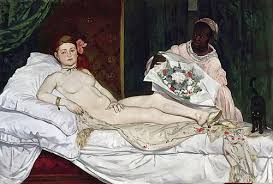
Édouard Manet, Olympia, 1863 (exhibited in 1865)
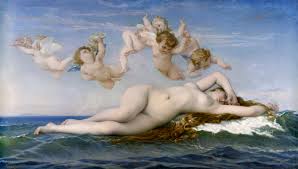
Alexandre Cabanel, Birth of Venus, 1865, Comparison to Manet
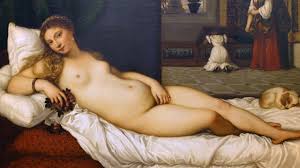
Titian, Venus of Urbino, 1538 (For comparison with Olympia and Manet)
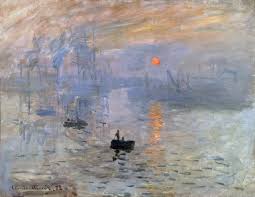
ImpressionismClaude Monet, Impression: Sunrise, 1872
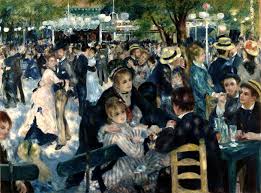
Impressionism Auguste Renoir, Dance at the Moulin de la Galette, 1876
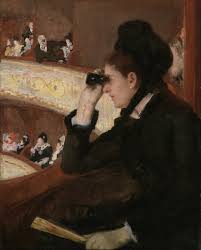
Impressionism Mary Cassatt, In the Loge, 1878
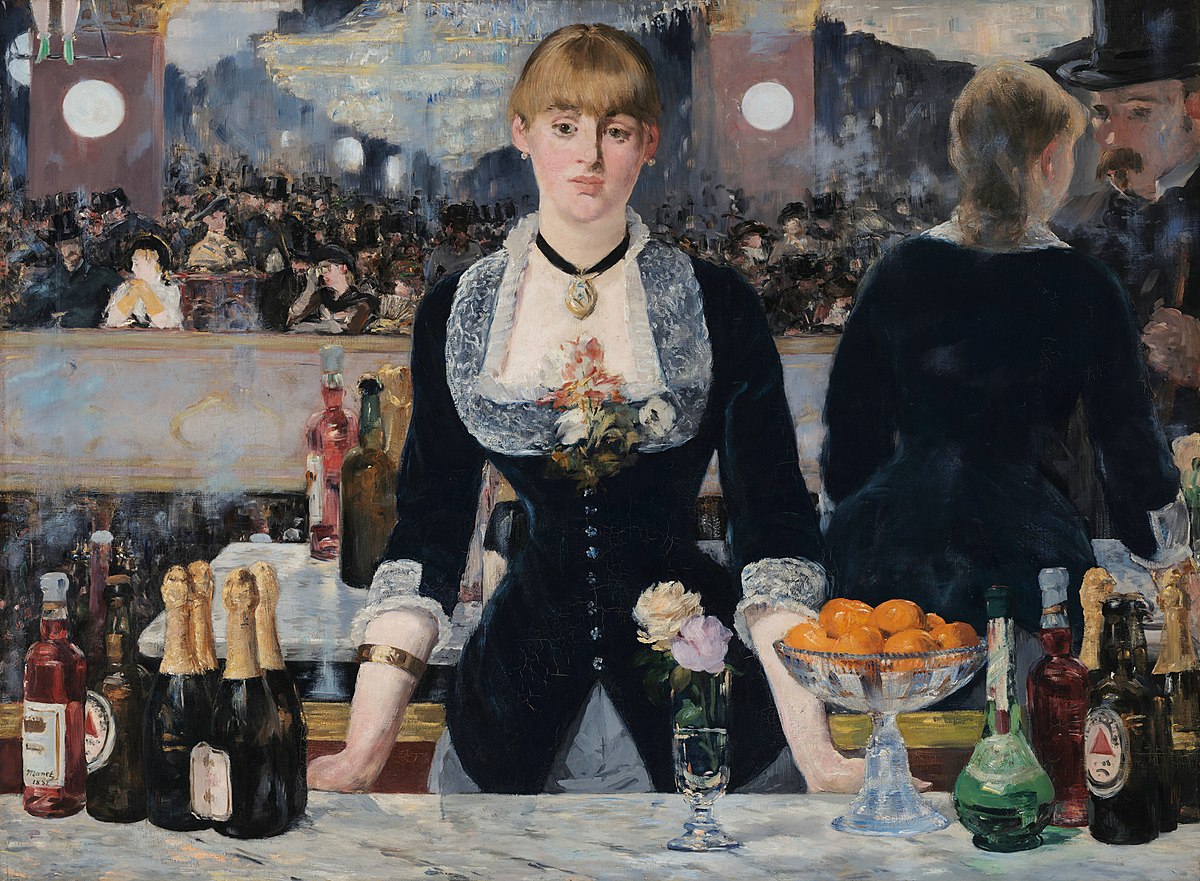
Impressionism: Manet, Bar at the Folies-Bergere, 1881-82
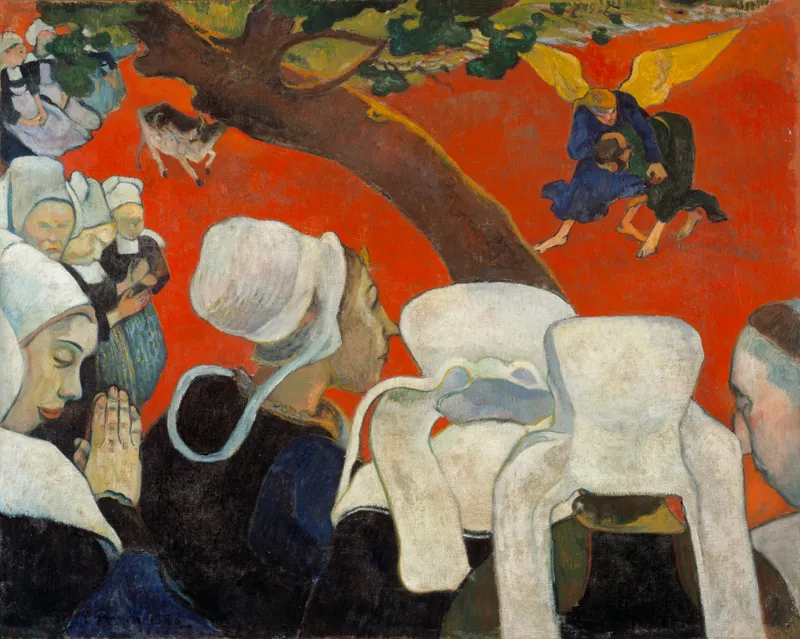
Post-ImpressionismPaul Gauguin, Vision After the Sermon: Jacob Wrestling with the Angel, 1888
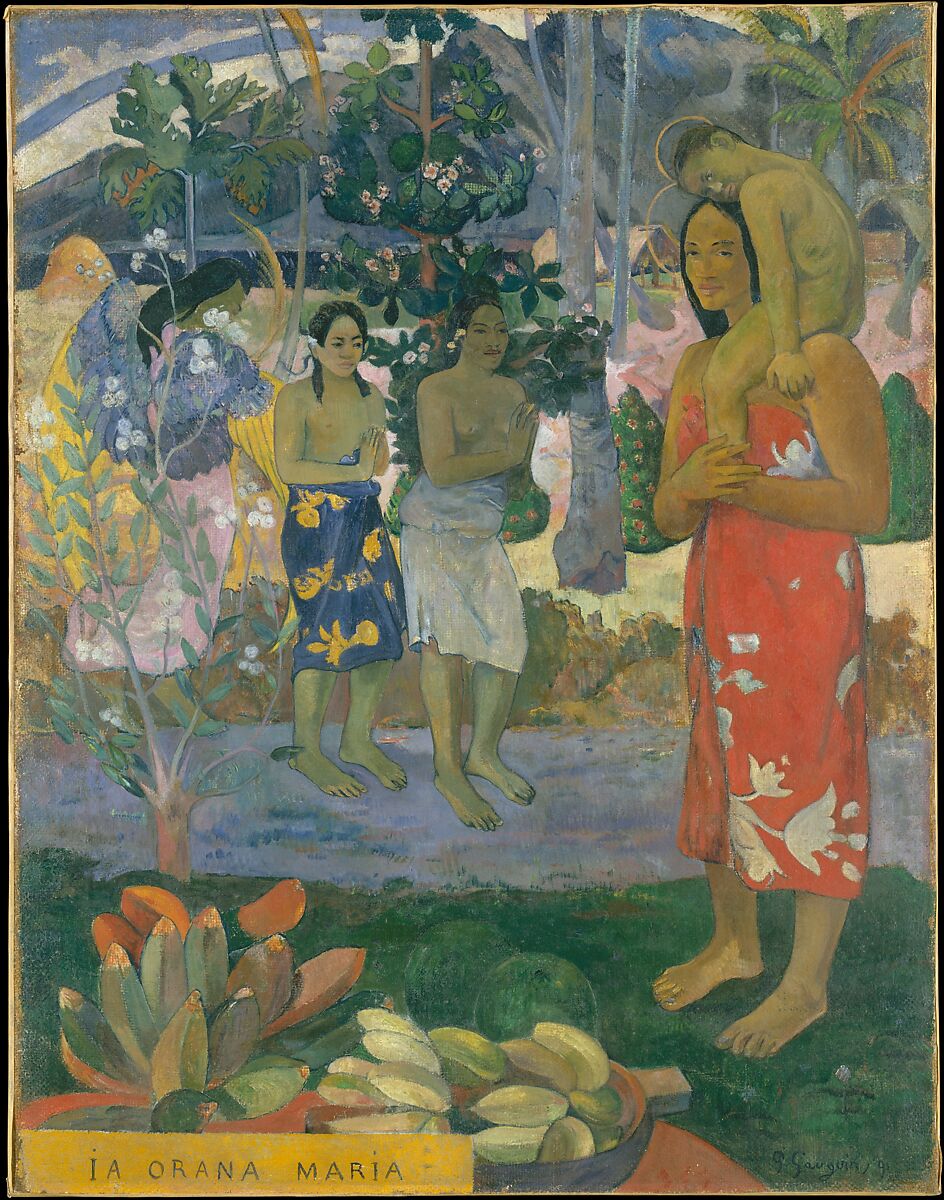
Post-ImpressionismPaul Gauguin, We Hail Thee Mary, 1891
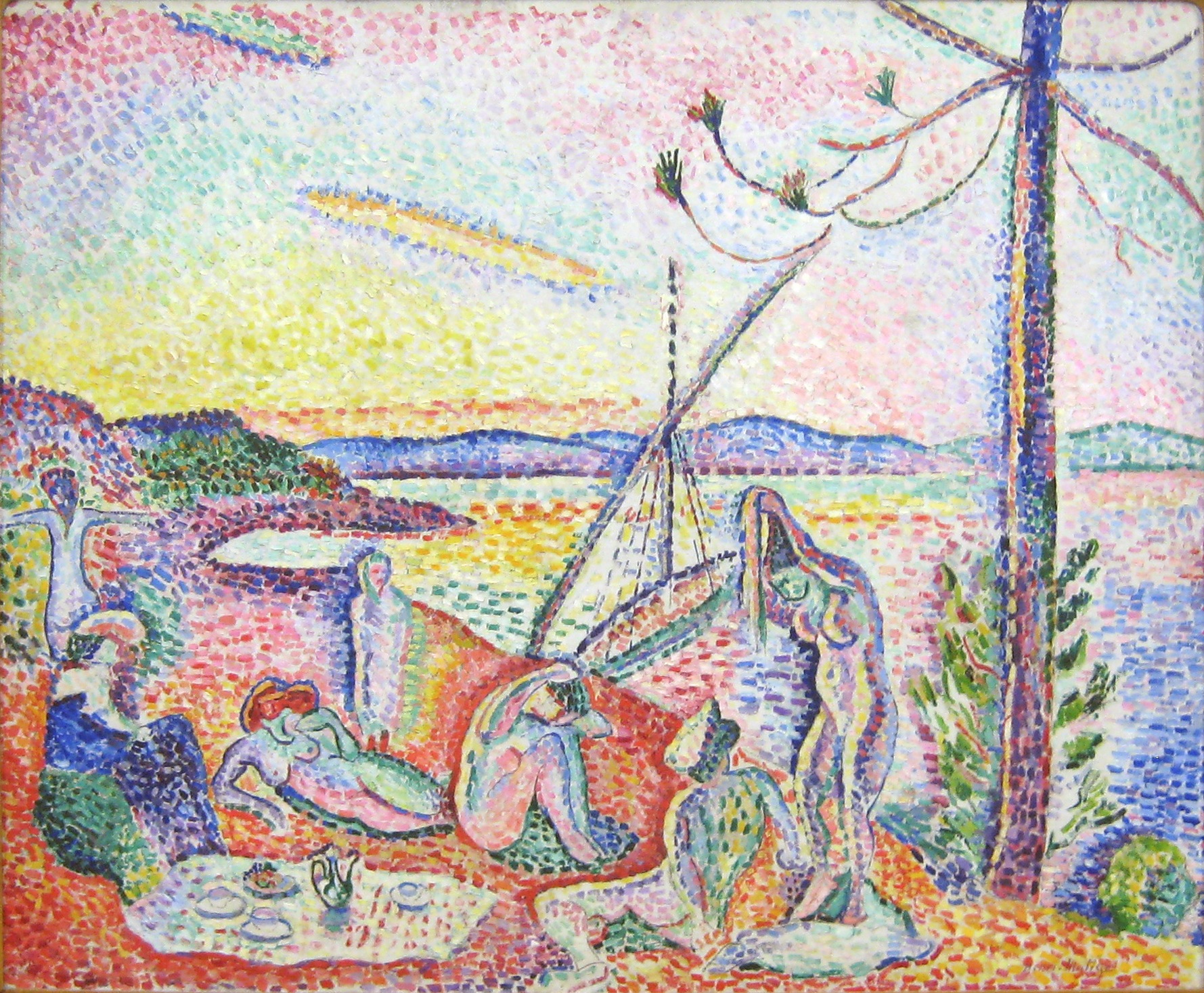
Fauvism: Henri Matisse, Luxe, Calme, et Volupté, 1904
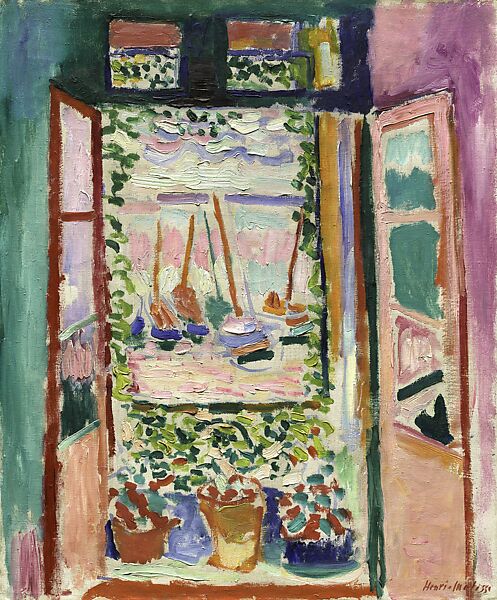
Fauvism: Henri Matisse, The Open Window, 1905
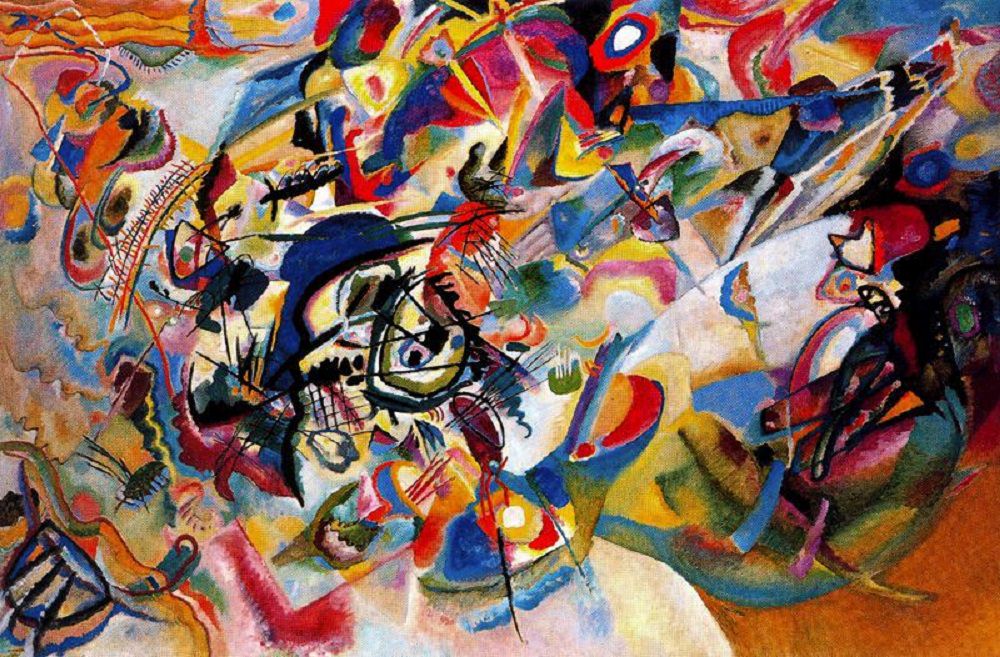
ExpressionismVasily Kandinsky, Composition VII, 1913
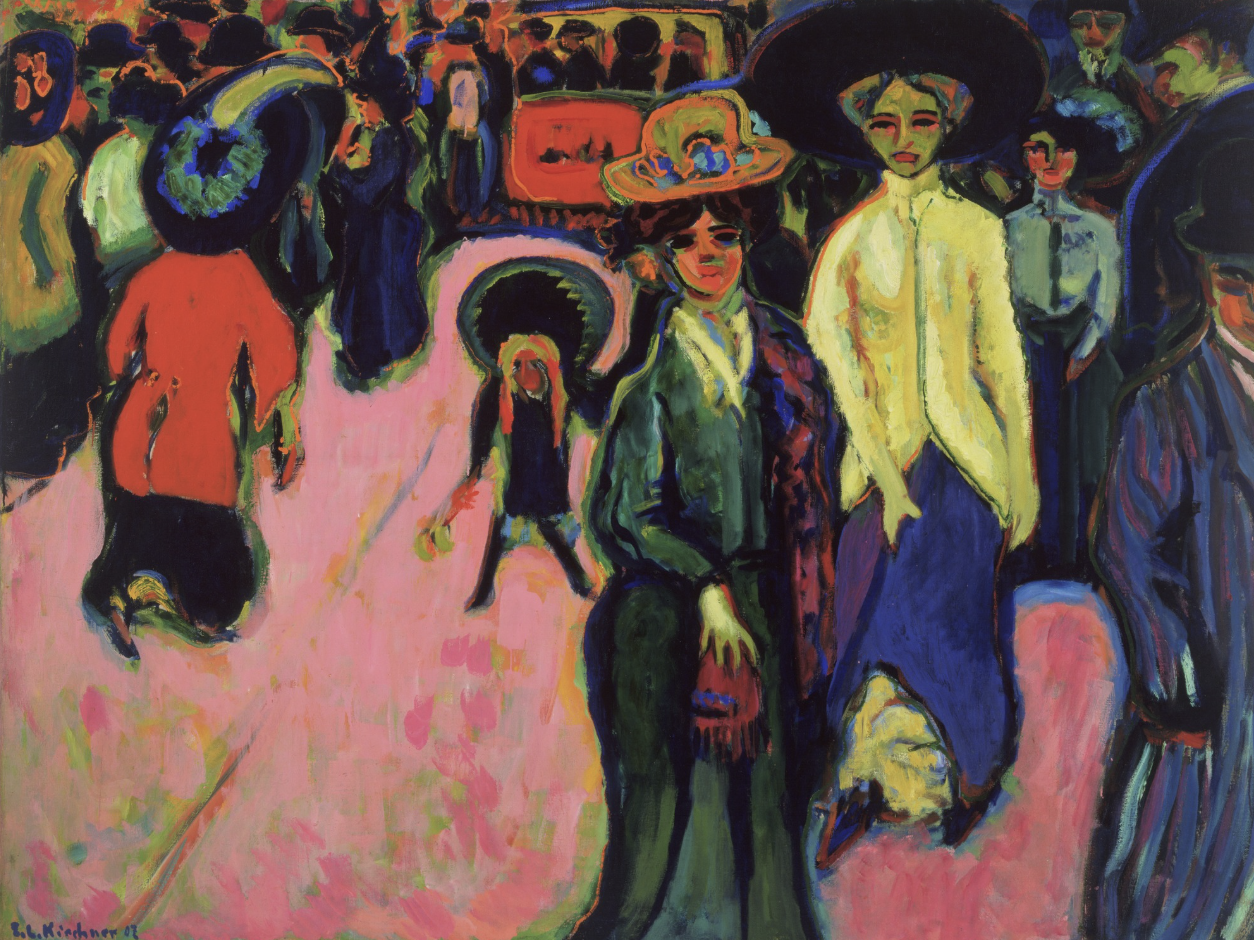
Expressionism: Ernst Ludwig Kirchner, Street, Dresden, 1908
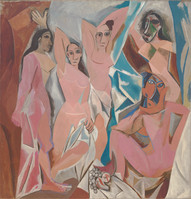
Picasso, Demoiselles d’Avignon, 1907
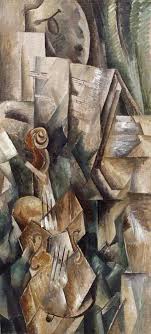
Cubism Braque, Violin and Palette, 1909
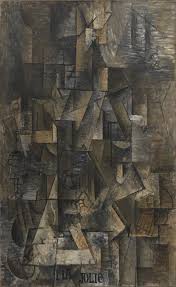
Cubism Picasso, Ma Jolie, 1911-12
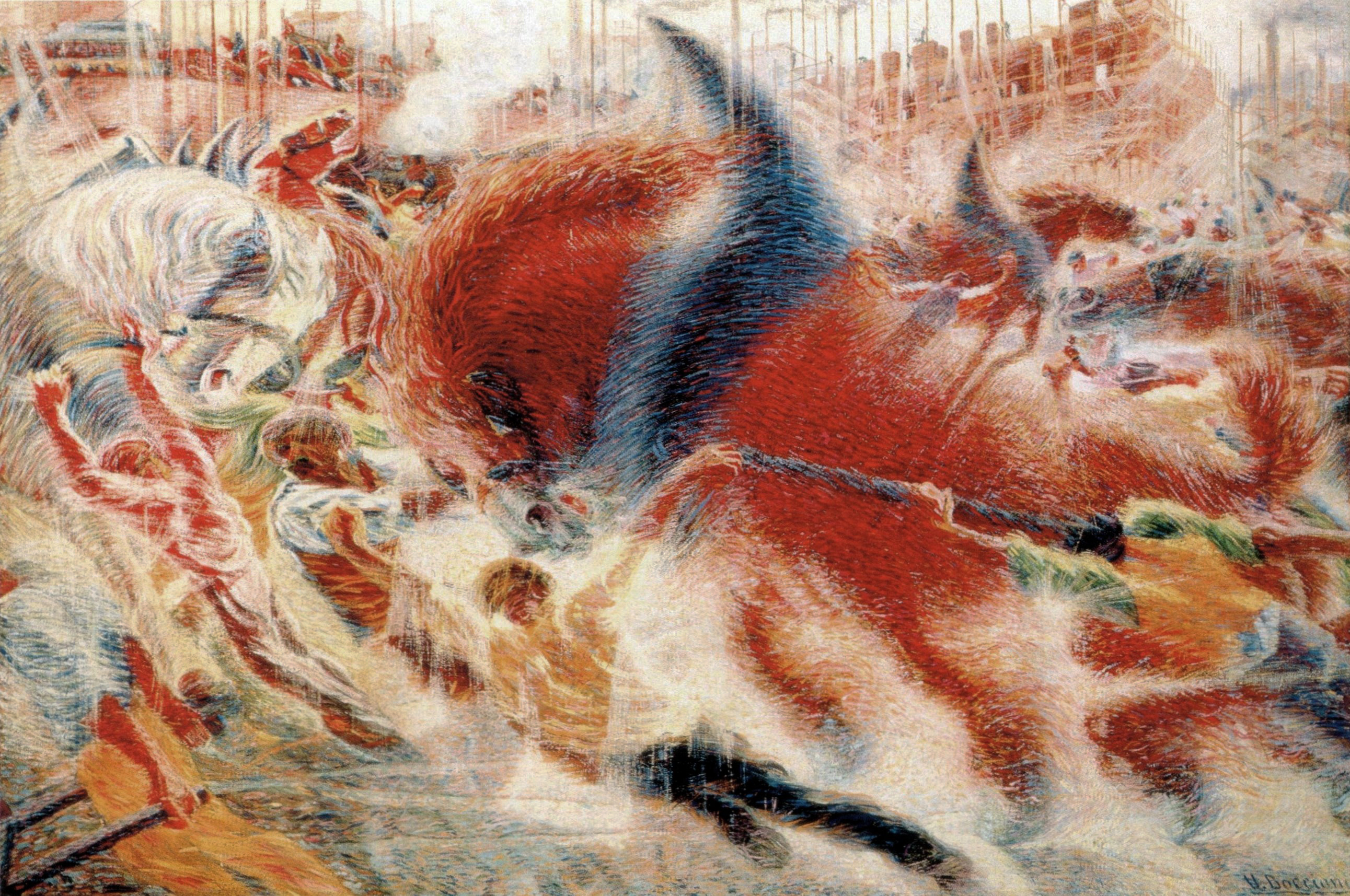
Futurism Boccioni, The City Rises, 1910
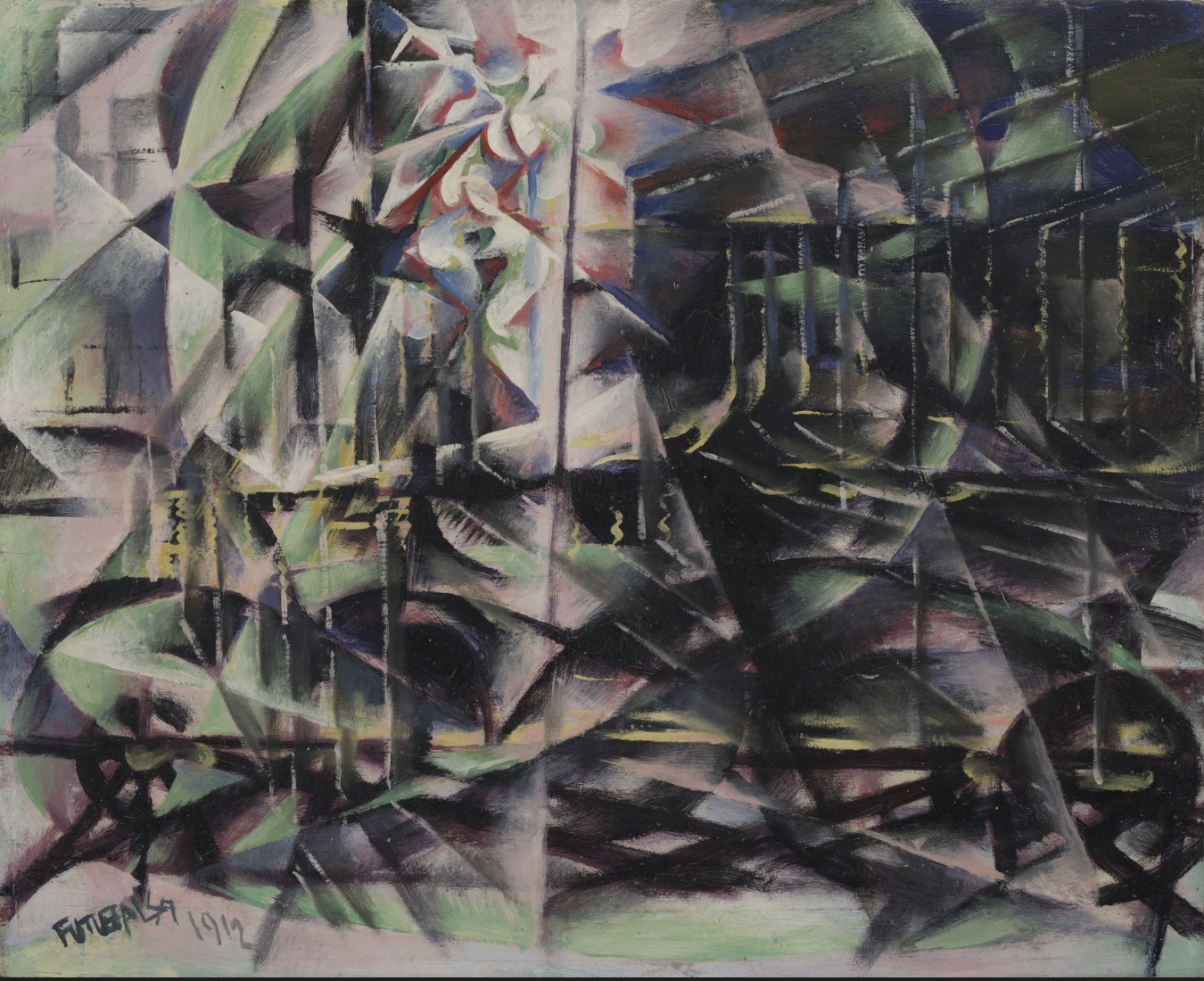
Futurism Balla, Speeding Automobile, 1912
Manet
Showed prostitute, acknowledged what wasn't talked about, took classic painting and modernized it in an essentially offensive way. Was a real person not an allegory or a mythological figure and addressed a real issue in society that wasn't discussed. Exposed the true nature of humanity and life at this time. It also took a famed and well loved painting and modernized it in a way that the salon was not yet ready for. Known as the beginning of modernism and impressionists but in reality he didn't really challenge political stuff he just kinda was neutral. wealthy women weren't really allowed to go outside without men, but there was tons of prostitutes but since wealthy women couldn't go outside without their husbands usually they didn't really know about prostitutes, so when they see Manets Olympia they're like wow what is that and they completely dont understand and their husbands are like wow I cant let my wife know about this. Caused so much controversy it had to actually be moved to an annex in the back. Even inspired political cartoon of people looking disgusted/shocked at the painting. Not just controversial in subject matter but controversial since its copying the excellent work of Titian.When its Venus its okay but when it's an actual person, especially a prostitute, it's completely unacceptable. No more plausible deniability.
Impressionism
Under Haussmanization, after all the war when like Paris is restored to “city of lights” which started a new commodity culture with department stores being a thing now, consumer commodity kind of started here, not just buying what you needed but kind of like a luxury good where you wouldn't have to go to get fabric and then to a tailor, etc. so now mass produced consumer goods, producing without a set consumer. With consumer culture, magazines created so they could advertise things and get customers/consumers so it was like basically a way to create a culture, and influence people to buy things New found isolation where you could kind of conceal your social class, nobody knows each other anymore, social norms are uprooted and completely messed up. Explosion in prostitution
Post-Impressionism
Look at your inspo and combine with your thoughts, dont copy it. Early idea of modernist primitivism, being modern and seeing what they preserve as not modern is better, saying that these new found technologies are not good and not good for society, progress is neutral in many minds not good or bad, but these artists are saying the past was better and before this new progress, nostalgia for a simpler times. Belief that how you perceive and your senses give you an accurate reflection of what material reality is, but Gauguin doesn't really think that, maybe we need what was left out: the fantasy, belief in something bigger and more important. Show what the people you’re portraying are thinking of not what you’re thinking of. Modernity has led to corruption, and Gauguin is critiquing modernity, inspired by marxist ideas and theological, we have lost our way and almost a conservative religious idea Paints the past that has been lost, a not modern scene of these women praying. Still paints European vs. the other, but now the other is morally superior.
Matisse and the Fauves
Rapid violent application of color, like Van Gogh, where you apply paint influences how it’s viewed. Show both what you're seeing and how you're feeling about nature, even when it's not true to what you're seeing you still have to paint it, paint what you're feeling about looking at the subject along with the subject which actually depicts it more truthfully.These Fauvist works are in the same room as these rather conservative works like Aristide Maillol, The Mediterranean, 1902–05, people called this work Donatello among the beasts, the word for beasts in french is Fauv, so once again a critic makes fun of this work (like with impressionists) and this name sticks to this genre. They're called wild beasts, and liked this idea that if they're beasts they don't fit in with conventional paintings so they're free to do what they want. Can see with the contrasts of light and dark somehow defy each other, inspired by Cezanne, the way painting functions as an illusion and then working against that, creating a tension between our desire to read illusion of volume and how the painting actually works This idea of “Fauvs” doesn't last super long and Matisse moves on quickly from this weird definition of a wild beast, he's just not interested in this idea of this animalistic quality in his paintings. Paint what you're feeling about looking at the subject along with the subject which actually depicts it more truthfully, the subjective experience is more true than objective reality
Expressionism
Kandinsky: Convey the human experience rather than academic. He sees abstraction as finding the pure spiritual function of art. Takes the idea of pre-modern art as having special spiritual qualities and then he looks at them and says it's the way that they use color and resist illusionism. He paints what he hears, he has synesthesia, so he collects into a book, listens to music and paints what he hears, sounds when looks at colors and sees color when he hears sounds. Index of a transcending of conscious. Representation is the mediation of convention like language, so this leads to pure abstraction: like pareidolia, where we see a cloud and can make a known thing out of it. Uses pure abstraction to stray from convention. Belief that reality is simply the materials: our body, the air we breath, our money and it is meaningless, saying reality is beyond that and it’s more spiritual and you are evil if you recognize reality as material items: Convey the ideas of theosophy (new religion) Saying like this piece of blue and its relationship to other colors is the abstract element that will release us to the preoccupation of the material world. Building blocks of painting like color and line should not be used to depict formal displays of nature, fundamental change in the way he understands color and line Works like composition VIII where just nothing is being depicted.
The Bridge Group or “Die Brücke” and Kirchner: Even though he is depicting people and houses, things based in reality/things that are being depicted, they are very clearly trying to separate the color and line from having function. By using color that doesn't make sense and distorting shapes/ figures/ even making things grotesque. Painterly techniques defy depictions so we are constantly forced to see painterly marks as expressive, internal life and subject of sentence. Similar to post-impressionism and how to view with brushstrokes/color is what's important. distinctiveness of that technique is adapted into German expressionism, depicting their vision and function of color is to show their eternal reality and emotional state different because they immerse themselves fullin art with like furniture and they're socializing with prostitutes and performers but even aristocrats, wants to create a new.
Early Picasso
Educated on painting and knows that painting is the illusion of nature, art as imitation idea has been around pretty much forever.
Cubism
New painterly realism, Question of representation and abstraction conceptual challenge to this representation.
Fundamentally about what is painting
Very heavy influence from African sculpture, embracing the idea of the primitive that's opposed to European painting, once they've “freed” themselves from needing to imitate, they could turn to something else.
Estrangement and concept of detachment
Analytical is chopped up bits, synthetic is the collage, buildup vs. breakdown
Cubism as a new realism vs. Cubism is an analysis of the pictorial problem, the idea of new realism, which showed more angles than what was visible to the naked eye from a one-point perspective. It captures the concept that if you can show more sides, you can show more reality.The tension at the heart of the painting is constantly being rehashed.
Cubism is an attempt at a new realism that took into account recent advances in mathematics, physics, and philosophy. (analytical) Vs. Cubism is a critical engagement with the medium of painting and of pictorial representation itself (synthetic, like collage)
Futurism
Three main goals: Combine art and life, Break people out of their set ways through confrontation, Break down/destroy old structures and conventions to make way for new values and new ways of being.
Hosted events (futurist evenings) where they constantly challenged themselves to do stranger and stranger things. They encouraged the audience to fight with each other and have discourse. They continued to break away from set standards and challenge the norm. Artists like Carra and his 1914 work Patriotic Celebration, used these complete nonsensical phrases and words that he called words in liberty poems, broke down language and highlighted the freedom they wanted words to have from pre-existing meanings. These poems challenged readers to think of language in a different way and disrupted conventional forms. performance for the sake of altercations. Break down ideas of space, motion and time. Inspired by new photographs in late 19th century who depicted movement through repetition
Advances in physics and the modern city’s energy (cars, electricity, trains) Futurists show speed, light, and motion.
Old art cant show modern advancements. No more static composition and naturalistic depiction. New form and perspective to capture motion, living in an industrial age. New visual language that embodied progress, aggression, and change. Changes what it means to be modern.